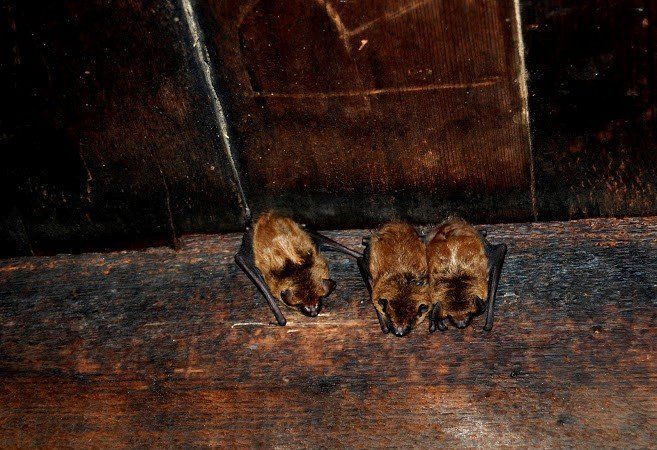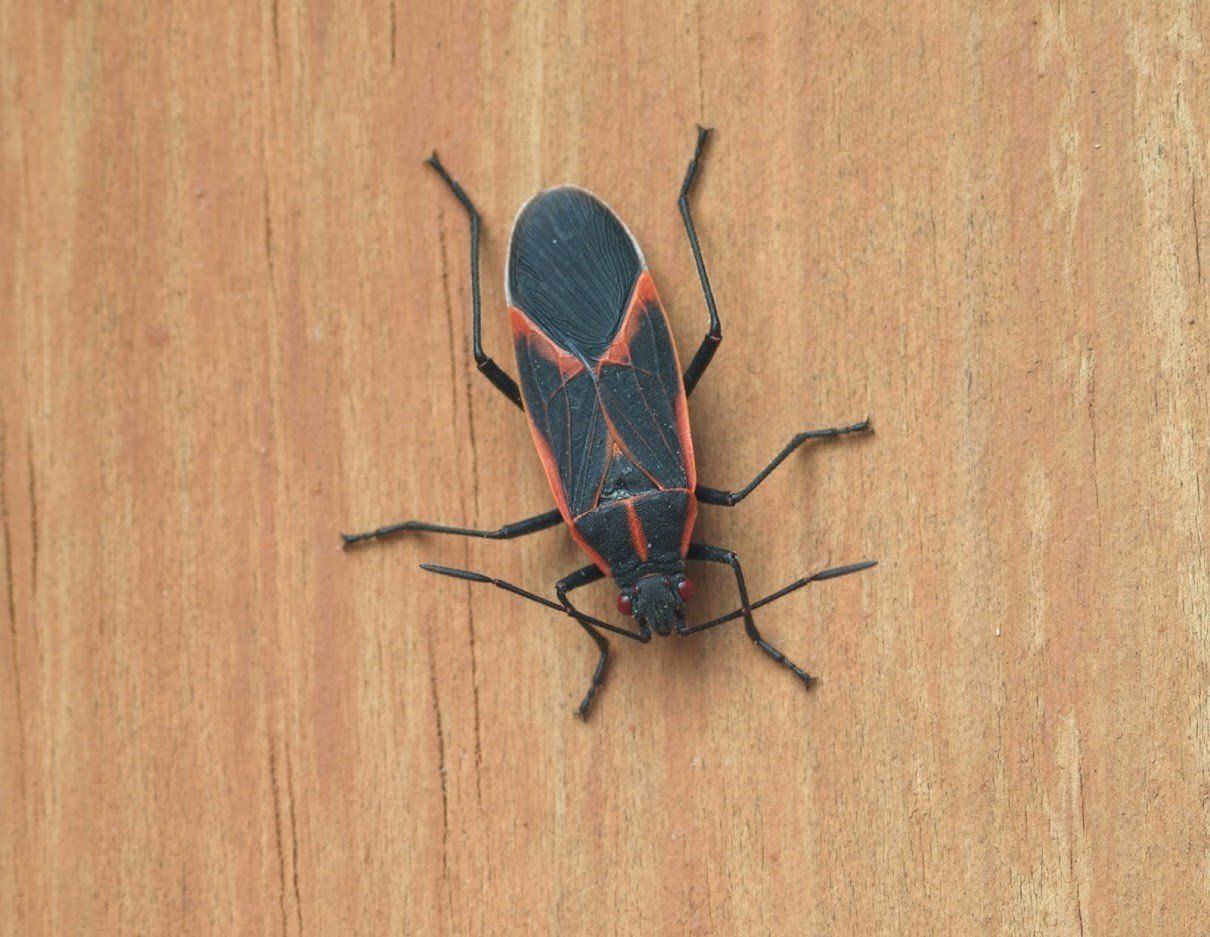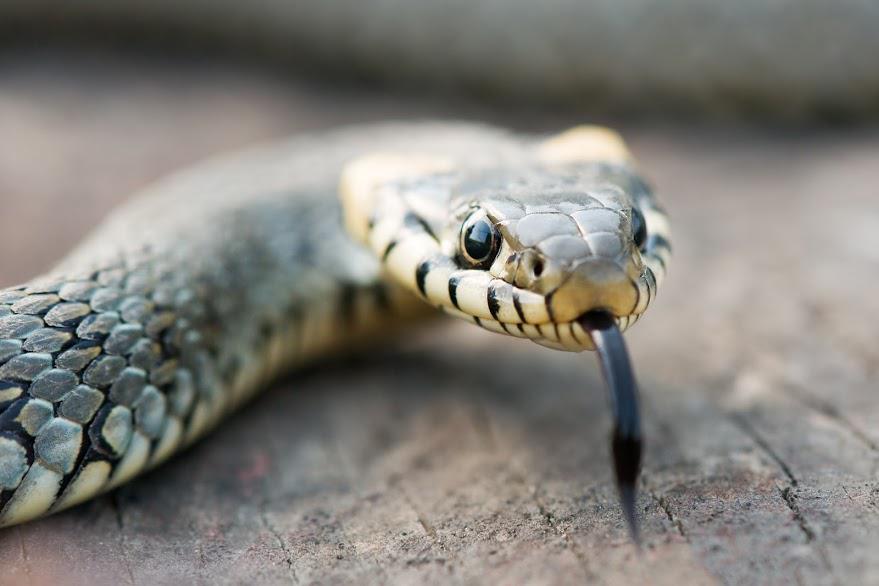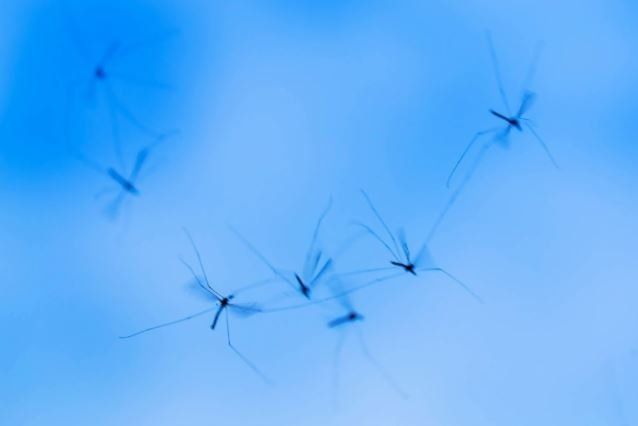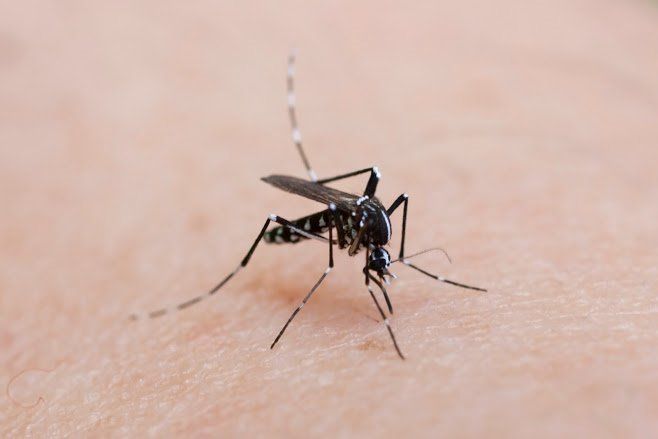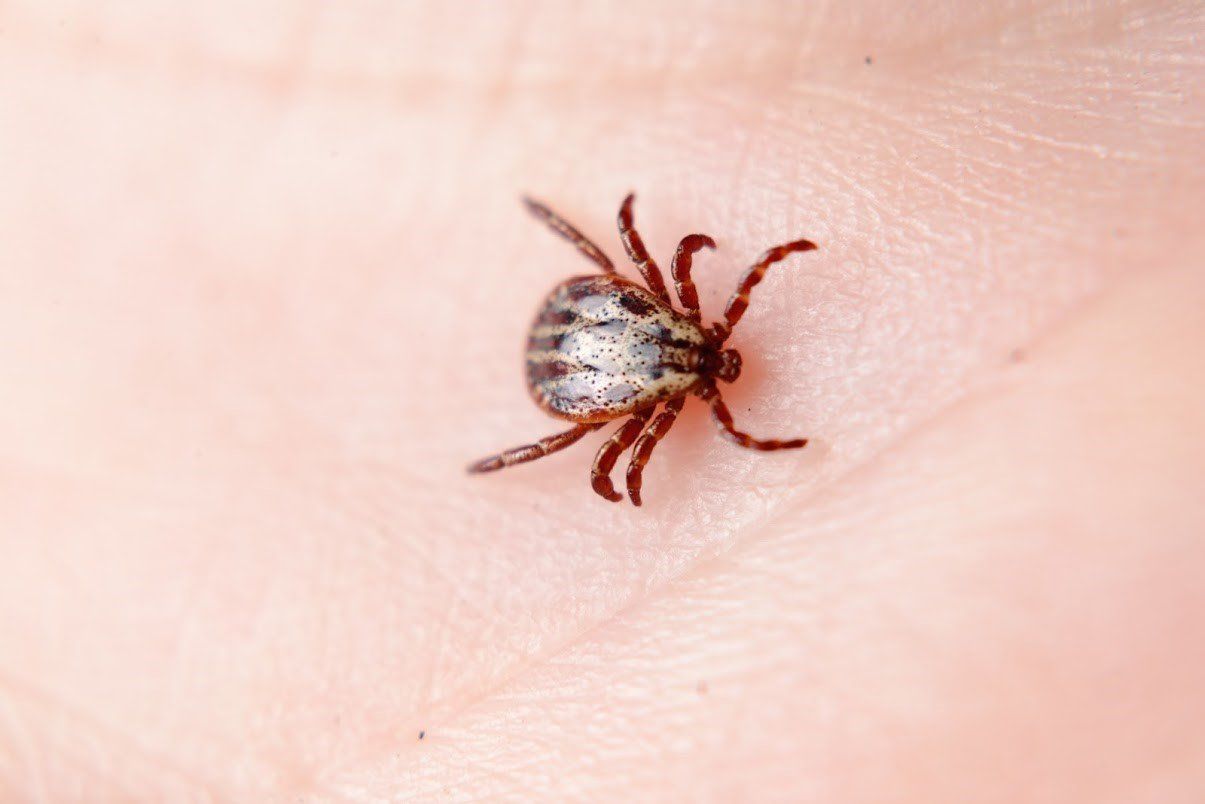5 Flea-Borne Diseases That Affect Humans
Admin • June 29, 2020

If you have ever had pets, you know how fleas affect them. But fleas, like so many insects and pests, can also spread disease to humans. If you have fleas in your home, you should consider calling your local pest control experts. If you let the fleas run rampant, they may spread one or more of these five disease.
1. Tapeworms
Tapeworms are incredibly common in animals with fleas because so many fleas are infected with this bothersome parasite. Humans and pets become infected with tapeworms if they consume an affected flea, and the more fleas you have in your home, the more likely it is that one may jump into your mouth, food or drink.
In most cases, tapeworms don't cause many problems, but you may notice small segments in your stool. However, if the tapeworms become big or are left untreated, you may experience nausea, fatigue, weight loss, vitamin deficiency, diarrhea, and weakness. Treatment is usually as easy as taking a medication to kill the parasitic worm. However, you will have to pass the dead worm.
2. Bartonellosis
Bartonellosis is commonly referred to as cat scratch disease or cat scratch fever because it was originally often caused by cat scratches. If the cat's claws are infected with the Bartonella bacteria, it can spread to humans. However, there has been some evidence that shows this disease can be spread directly from fleas to humans if the flea bites you.
For this reason, even if you don't have a cat, you are still at risk of catching cat scratch disease if you have lots of fleas in the house. Symptoms are often flu-like, so you may have a fever, fatigue, and swollen lymph nodes. Treatment will include antibiotics to kill the bacteria.
3. Murine Typhus
If a flea bites an animal that has the Rickettsia typhi bacteria, it may spread it to you, causing murine typhus or flea-borne typhus. Luckily, this type of disease is less common in the US because it thrives in more tropical climates. If you do develop this disease, however, expect a fever, chills, body aches, nausea, vomiting, and a rash.
As with cat scratch fever, you'll need antibiotics to clear up the disease, and once it's gone, you should have no long-term complications.
4. Tungiasis
Tungiasis is caused by a specific type of flea: Tunga flea. These fleas are a little different than most fleas because they don't just bite, feed, and leave. They bite to open the skin, and then they burrow into the skin to feed directly from blood vessels. Luckily, these types of fleas can't jump as well as other fleas, so they most commonly affect the feet and lower legs.
If you do get infected with a Tunga flea, it will create a lesion 4 to 10 mm in diameter, which can be painful and itchy. Treatment starts by removing the flea, suffocating the flea, or killing it with anti-parasitic medications.
5. Bubonic Plague
Believe it or not, the Bubonic plague, which caused the Black Death that killed many humans, is still alive and well. However, thanks to more information and current treatments, it's no longer a common problem or death sentence. It's caused by bites from infected fleas, and first presents with swollen, painful lymph nodes in the neck, arm, and groin.
If left untreated, the disease can spread to the bloodstream, causing septicemic plague, which may result in bleeding under the skin, blackened skin, and vomiting. If the disease spreads to the lungs, it can cause pneumonic plague, which causes cough (with or without blood), difficulty breathing, and nausea. Again, treatment involves antibiotics and can take one to two weeks.
Not every flea bite results in the spread of disease, but the more fleas you have in your home, the higher the chances are that you, your child, or your pets will get sick. If you would like to know more about fleas, or if you want to request a quote for services, contact us at Anteater Pest Control today.
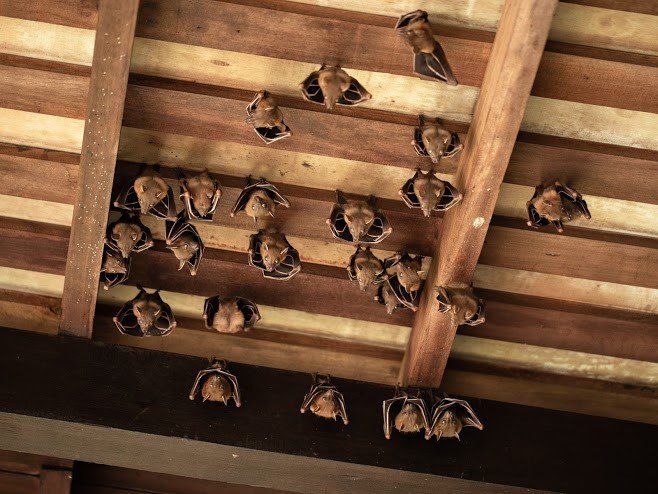
Bats can be cute when you see them in nature, but inside your home, they are more than just a nuisance. Bats can carry deadly diseases, like rabies, which means that if you have a bat, you need to take steps immediately to solve the problem. Removal Options Removal is best left to a professional due to the risks involved. Single Bat A single bat may get into the house through an open window or the chimney. The good news is that this usually is a one-time event and you don't have an infestation. The best course of action is to remove pets and people from the room with the bat, open all of the windows in the room, and then close off the room so the bat can't get into the rest of the house. With luck, the bat will find a window and leave. If you must handle the bat, wear gloves and do not touch the bat directly. The safest option is to call in a pest service if the bat doesn't leave on its own. Roosting Colony Sometimes your home provides the perfect place for daytime roosting. Little-used attics are most at risk, but bats may also colonize crawlspaces, spaces in your walls, or outbuildings. You should not try to remove an entire colony of bats on your own. A pest professional that is aware of local and federal wildlife laws should be called in to trap and remove the bats. Prevention Tactics Once you are free of the bats, your next step is to ensure that they cannot return. Exclusion If a bat can't get into your home, you can't have a bat problem — which is why exclusion is your main goal. Your pest service will inspect your home and find the likely entry points that the bats are using. You can also watch your home during the twilight hours to find where the bats are emerging. Once you know the likely entry points and have had all bats removed from the house, you can seal up the openings so the bats can't regain access to your home. Alternative Dwellings If you live in an area with a high bat population or would simply like to keep these beneficial insect-eaters nearby, then providing alternative dwelling options can be just the ticket for diverting bats away from your home. You can buy or build simple bat boxes. These boxes are typically attached to trees or poles to provide a more attractive roosting space for the bats. Cleanup Safety Bats are not clean animals. If a bat has been roosting in your home, then you will have droppings (called guano) and urine to deal with. Guano Sanitation Bat guano can carry histoplasmosis, a fungal spore that can cause a chronic respiratory disease. If you must try to clean up on your own, you need to cover all of your skin, wear gloves and eye protection, and use a respirator mask. All debris must be cleaned up and all surfaces must be sanitized with a bleach solution. Professionals will also use a HEPA vacuum, which has a strong filter that ensures none of the possible fungal pathogens remain in the air. Dead Bat Removal Extreme caution is necessary if there are dead bats in your home. Conditions like rabies can still be transmitted from dead animals. Wear gloves and do not touch the bat directly if you attempt to remove it yourself. The area where the bat was found must also be completely sanitized with a bleach solution. For more assistance with a bat in the home, contact Anteater Pest Control, Inc.

